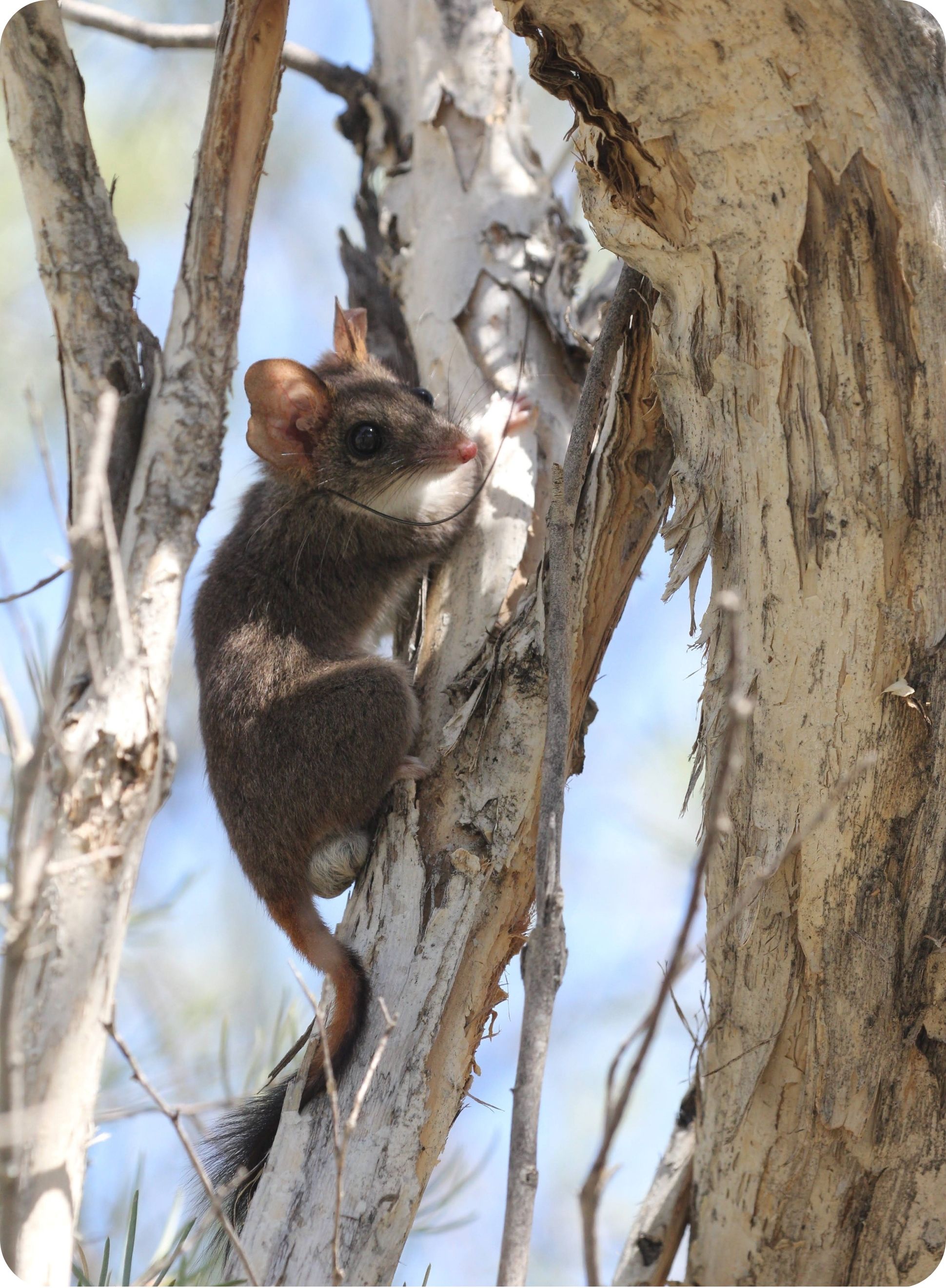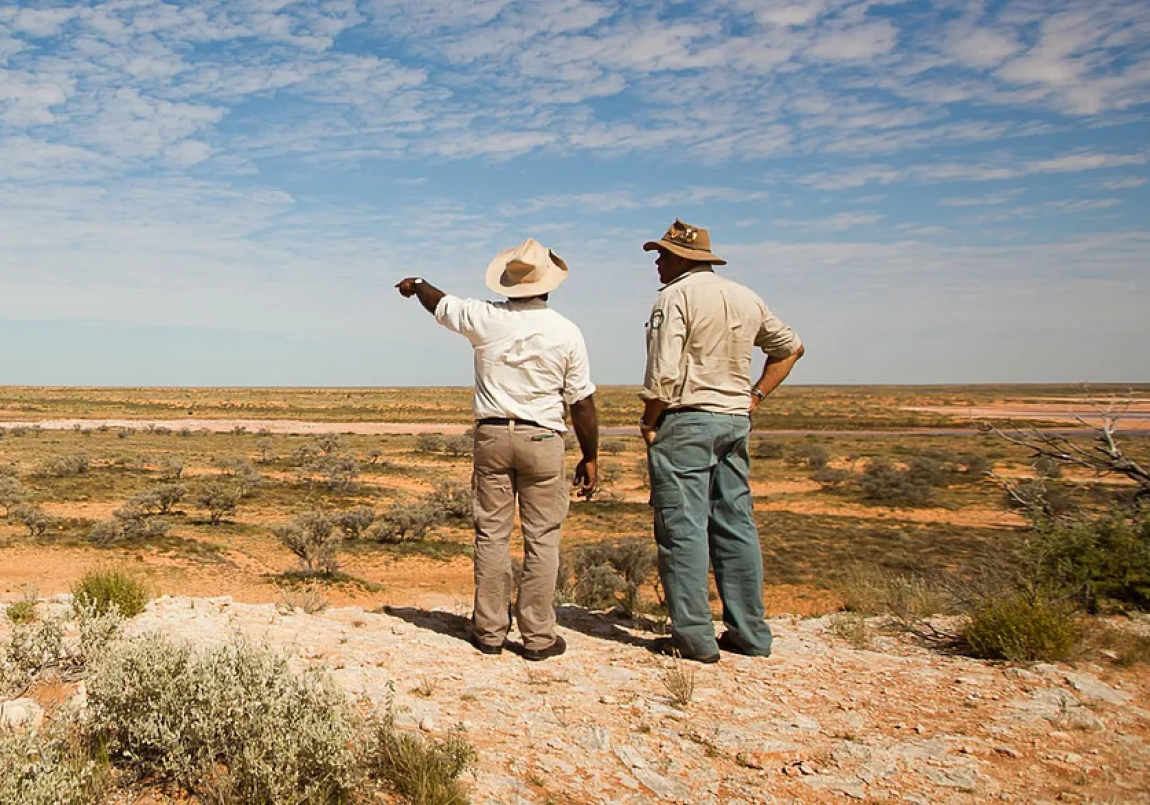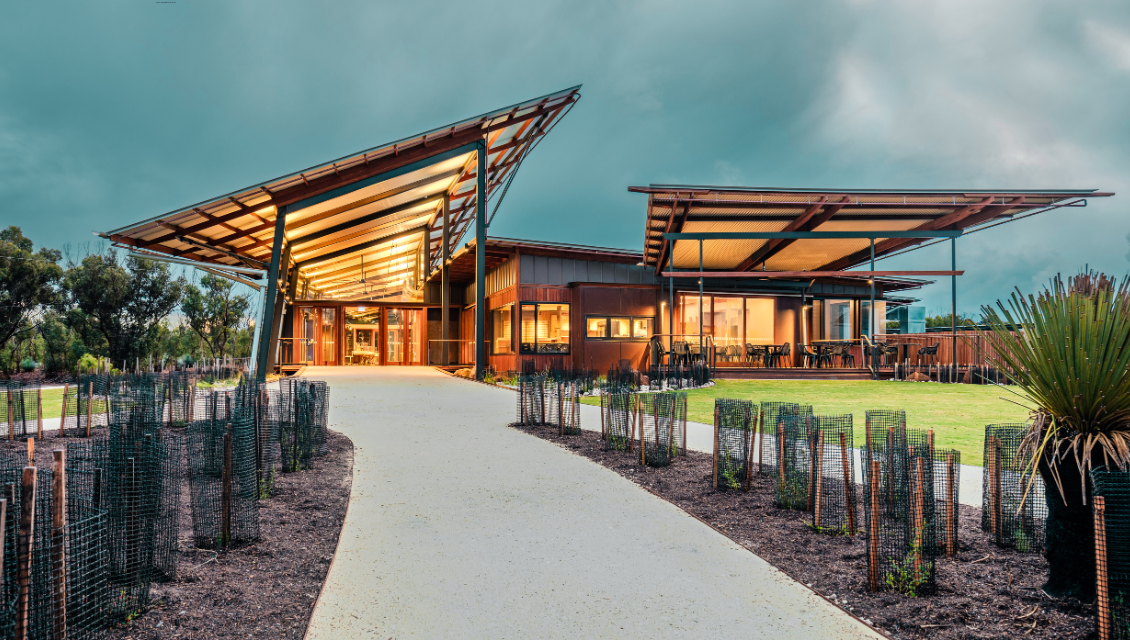
A new batch of 30 young red-tailed phascogales have been released into the Gawler Ranges National Park ahead of breeding season.
It is hoped the phascogales - a small, feisty marsupial with a distinctive reddish-brown tail - will grow the population by pairing up in the coming months.
Phascogales had not been recorded in SA's wild for many years and until recently were only found living in the wild in a small area of Western Australia.
More than 100 of the small, tree-living marsupials have been reintroduced to the Gawler Ranges on the northern Eyre Peninsula in the past year, with more releases planned over the next 12 months. 
In a positive sign that the species is bouncing back, 20 wild-born young were recorded for the first time last year.
The reintroduction program is a partnership between the Department for Environment and Water (DEW) and the Foundation for Australia's Most Endangered Species (FAME).
FAME Chief Executive Tracy McNamara said the program's success was "no accident".
"Together with DEW, we’ve created a safer haven that is now delivering real, measurable impact for a species once written off in South Australia. This is what long-term commitment to biodiversity recovery looks like," she said.
"These phascogales have taught us more than we anticipated, not just about survival and habitat, but about the power of resilience when the right conditions are created."
National Parks and Wildlife Service Reintroduction Ecologist Tali Moyle said: "It is heartening to see red-tailed phascogales in the Gawler Ranges, while the birth of the marsupials into the wild for the first time is promising for their future prospects."
Securing the future of the red-tailed phascogale is one of 11 projects DEW and FAME are undertaking over three years to recover threatened and iconic species, reverse extinctions and reduce predators threatening native animals and plants.
Since 2013, the program has established three safer havens to enable extinct mammal reintroductions within the Gawler, central and northern Flinders Ranges.
The safer havens are unfenced areas, each about 500sq km, where feral animals are substantially reduced to allow reintroduced native animals to thrive.
The multi-faceted project involves scientific research, captive breeding programs at Cleland Wildlife Park and Alice Springs Desert Park, large-scale feral predator control and radio tracking of the reintroduced phascogales.
MORE NEWS LIKE THIS







